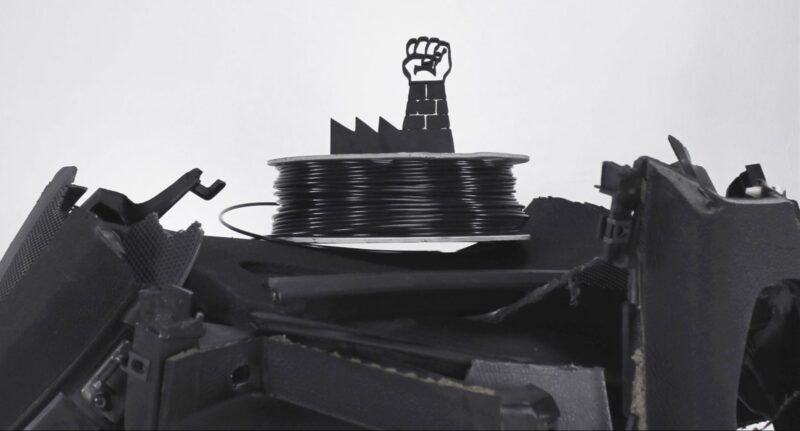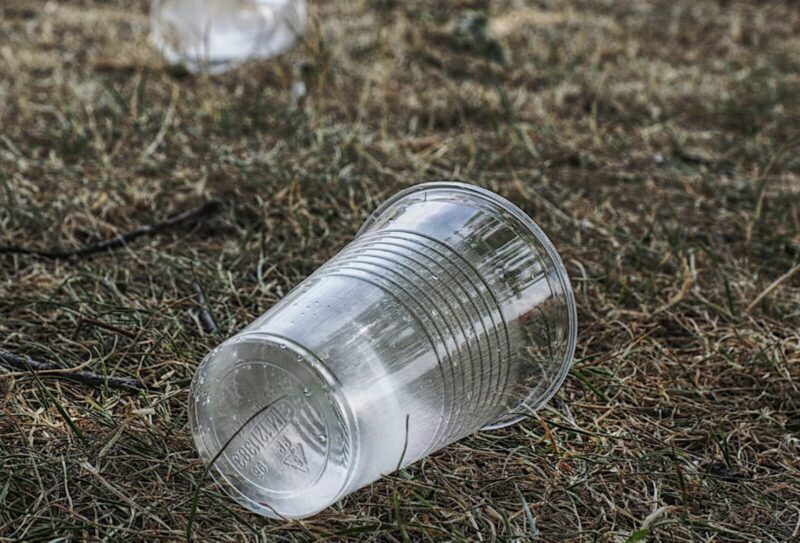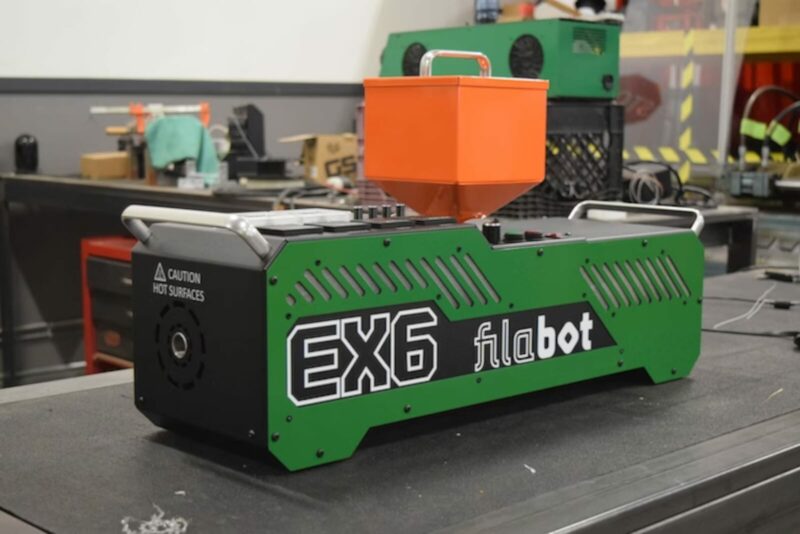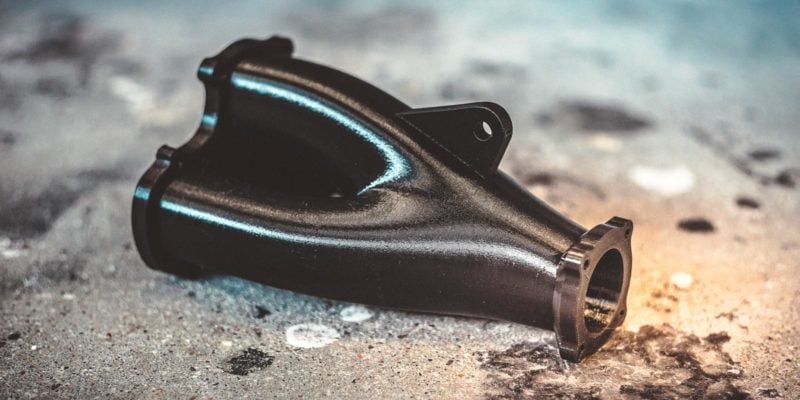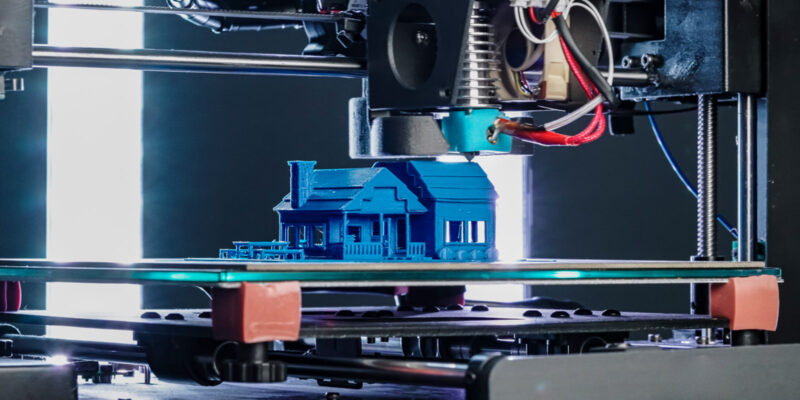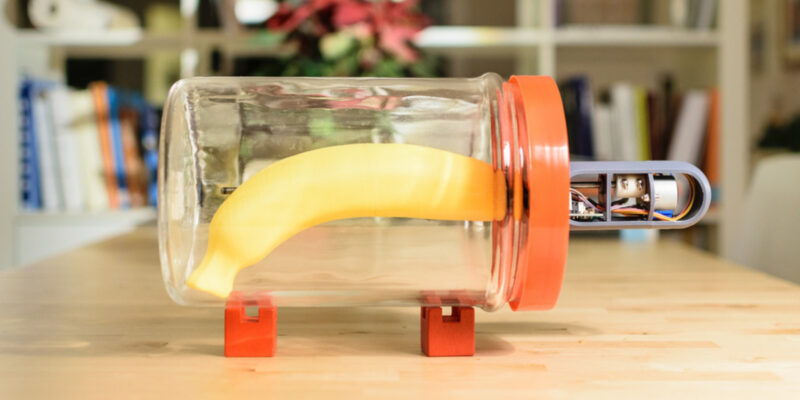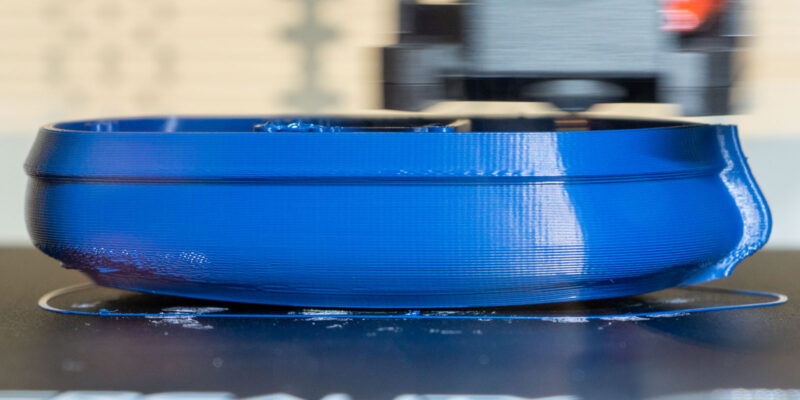When it comes to 3D printing, ABS filament is one of the most widely used plastic materials. ABS plastic was originally developed in the 1940s and became popular in the automotive industry (among others) due to the plastic’s high heat resistance, decent impact resistance, and other properties.
But ABS is no plastic from heaven. While the material’s mechanical properties easily trump those of PLA filament, ABS plastic isn’t as sustainable or environmentally friendly.
Does that mean you shouldn’t use ABS filament in your 3D printing projects? Or are there ways to responsibly use ABS and make it more sustainable? To answer these questions, let’s dive into the world of ABS recycling, its biodegradability, and sustainability aspects!
Is ABS Recyclable?
Technically, you can recycle ABS, including unwanted ABS 3D prints. Acrylonitrile butadiene styrene, or ABS, is a 3D printing thermoplastic polymer, just like PLA, and PETG. As a thermoplastic, ABS is recyclable because you can reuse and reshape the plastic with the right combination of heating and cooling (just like you do on an FDM 3D printer itself).
But while you can recycle ABS plastic, it’s very uncommon. The main reason for this is the degradation that occurs in the recycling process for ABS plastic.
Research has shown that the heating involved in recycling ABS results in butadiene degradation. Butadiene degradation causes a host of changes to the material’s chemical structure (e.g. reduced molecular weight). These changes make the recycled material noticeably weaker and less durable than the original ABS.
On top of the performance-related issues, another reason recycling this plastic is relatively uncommon is the surrounding infrastructure. Few recycling centers, especially publicly-available ones, have the means to recycle ABS plastic.
While recycling infrastructure around the world is improving, there currently aren’t many options that let you do so.
As such, simply answering “yes” to “Is ABS recyclable?” doesn’t do the truth enough justice. The reality is that while ABS is technically recyclable, the process is complex, and the infrastructure to support the wide-scale recycling of ABS plastic is still lacking.
Is ABS Biodegradable?
Unfortunately, ABS plastic is not biodegradable. It does not break down naturally in the environment and you cannot compost it at home. This is because ABS is a petroleum-based plastic, and it requires specific industrial processes to break down. Even then, it doesn’t fully decompose but rather breaks down into smaller microplastics, which can have detrimental effects on the environment and marine life.
While these scientific processes give ABS plastic its characteristic strength and durability, they also make the ABS material a non-biodegradable plastic. Because of this, ABS plastic can persist in landfills and in the environment for a seemingly infinite amount of time.
It’s also worth noting that not all plastics lack biodegradability, and most are at least somewhat biodegradable.
For example, PLA is sourced from plant fibers and PLA is considered biodegradable. It should be said, however, that the process takes many years and requires ideal circumstances.
Is ABS Plastic Sustainable?

Acrylonitrile butadiene styrene (ABS) plastic is generally not considered a sustainable material. A material’s sustainability depends on various factors including the production process, recyclability, environmental consequences, and more.
According to Rutgers University, plastic is only considered “sustainable” when it can be produced without permanently depleting Earth’s non-renewable resources or hurting the environment.
As we mentioned, raw ABS plastic is made from refining crude oil, which is drilled out of the Earth. This process alone poses many environmental concerns as the oil extraction releases greenhouse gasses into Earth’s atmosphere and contributes to other forms of pollution (e.g. oil in the ocean).
Furthermore, the production process of ABS itself involves the use of harmful chemicals, which can also have negative impacts on the environment and human health if not properly managed and disposed of.
Add to that the lack of efficient recycling options and the non-biodegradable nature of ABS, and you can see why ABS can’t be considered sustainable. And we haven’t even covered things like ABS dust that is released during fused deposition modeling 3D printing, and the fact that ABS filament is toxic!
So if you’re an environmentalist, you should consider alternative plastics such as PLA or PETG, which are much more eco-friendly and sustainable. It’s 2024 now, and there are plenty of alternative types of PLA filament that offer similar mechanical properties to ABS.
What to Do With ABS Filament Waste
If you 3D print ABS, it’s a guarantee that you’ll end up with some form of 3D printing filament waste. As you might have figured by now, throwing your ABS waste in the nearest trash can is NOT the best way to dispose of the plastic.
A better approach is to research if your local recycling centers accept ABS plastic. You can typically find this information on the recycling plant’s website or through online community forums.
If they do, you can start rounding up your unwanted ABS plastic each month and bring it to the local recycling facility. If the plastic meets the quality standards for the facility, it will be moved, melted, processed, and eventually recycled into something else.
If your local center doesn’t offer ABS recycling, you can use a service that specializes in taking your plastic waste and recycling it in an eco-friendly way. A few great options in the USA include Reclaim Plastics, Vanden Recycling, and PowerPlastic Recycling. Some services will even pay you for your unwanted ABS waste!
A hands-on option is to turn plastic filament waste into fresh 3D printing material using a filament extruder. A filament extruder crushes unwanted 3D prints, melts the plastic, and reforms it into new 3D printing filament.
While this DIY recycling method seems like a perfect solution, it’s important to note that it also involves some degradation of the ABS plastic. As we discussed earlier, the heating process causes butadiene degradation, which in turn reduces the molecular weight of the plastic and weakens its strength and durability.
This means that the recycled filament might not be as robust as the original ABS. However, for your typical hobbyist 3D printing projects, this slight decrease in quality won’t impact the final results much.
If this sounds up your alley, you can check out the Lyman V5 Extruder as well as FilaBot’s extruder products to get started.
Can You Buy Recycled ABS Plastic Filament?
It’s important to mention, however, that the term ‘recycled’ doesn’t mean that the filament was made from failed ABS 3D prints and broken LEGO bricks. Instead, recycled filaments are usually sourced from a manufacturer’s industrial waste after producing filament.
This industrial waste consists of raw plastic that a filament manufacturer originally deemed unfit for filament production. But rather than dispose of the B-grade raw plastic, manufacturers will create a ‘recycled’ 3D printing filament in the specified material and sell it at a discounted price.
For example, a ‘recycled’ ABS is likely sourced mainly with the manufacturer’s leftover raw plastic from producing ABS filaments.
Because the plastic in recycled filaments is usually lower quality, these filaments are generally considered inferior to regular, non-recycled filaments. This is especially true for recycled ABS plastics due to the observed decrease in material strength after the ABS recycling process.
But, at the same time, filaments recycled from industrial waste perform better than ‘truly-recycled’ filaments made from consumer waste. That’s because industrial waste is more consistent in purity than consumer plastic waste, making industrially recycled filaments easier to 3D print.
Regardless, you might be interested in buying ‘recycled’ ABS if you’re looking to save money, want to be environmentally responsible, and don’t mind the lower durability. We’ve listed and briefly described our favorite recycled ABS filaments below:
- Sunlu Recycled ABS: Sunlu sells ABS filament made from the company’s own ABS industrial waste. We’ve personally tested Sunlu’s recycled filaments before and were impressed by the print quality, so we recommend trying it out! It’s also very affordable.
- Kimya ABS-R: Kimya is a professional-grade filament manufacturer, and its ABS-R Filament line is sourced entirely from consumer waste. According to the company, the waste plastic is obtained from household items and electronic products (e.g. phone cases). Kimya also mentions that this material has a glass transition temperature of 110 °C, making it useful for high-heat applications.
- Fiberology R-ABS: Fiberology is one of the most well-known filament manufacturers, and their R-ABS filament is 100% recycled ABS plastic. Based on the company’s product description, the ABS material is recycled from industrial waste. The manufacturer also points out that the material’s glass transition temperature is between 90-110 °C.
Compared to the amount of recycled PLA and PETG filaments, there are relatively few recycled options for ABS filament. This is largely due to the lack of infrastructure for recycling ABS that we mentioned earlier. We expect to see a growth in the number of recycled ABS filaments in the future, however.
Conclusion: Should You 3D Print With ABS Filament if You Care About the Environment?
Of all the 3D printing filaments available, ABS is far from the most eco-friendly or sustainable.
For one, producing ABS plastic is terrible for the environment. It results in the use of non-renewable fossil fuels as well as lots of pollution. On top of this, ABS thermoplastic polymers aren’t biodegradable so the plastic doesn’t naturally break down into the environment.
While ABS plastic is technically recyclable, very little ABS waste ever finds a new purpose due to the lack of infrastructure around recycling this material. Even when ABS is recycled, the process can degrade the plastic’s properties, resulting in a weaker and less durable material.
One way you can reduce the environmental impact of ABS filament is by using ‘recycled’ ABS plastics. These filaments help reduce bottom-line plastic waste, though few ‘recycled’ filaments are actually made from consumer plastic waste.
It’s also worth using a recycling service to ensure your ABS filament waste doesn’t end up in a landfill. And, if you’re feeling up for it, you can even make your own system for turning unwanted ABS 3D prints into usable ABS filament!
Whatever the case, it’s important to keep Mother Nature on your mind and to do what you can to reduce the unsustainable use of ABS!



